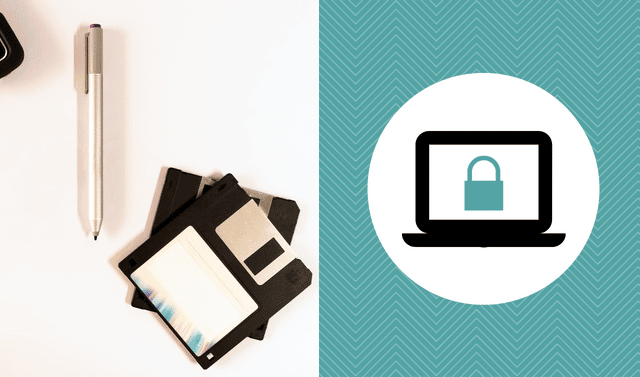Sign up for the Family Tree Newsletter! Plus, you’ll receive our 10 Essential Genealogy Research Forms PDF as a special thank you.
Get Your Free Genealogy Forms
"*" indicates required fields

You’ll face several problems when upgrading your old home movies to modern technology—here are some fixes:
Problem: Movies have a different horizontal and vertical ratio than videos.
Solution: Choose “letterbox format,” which professional filmmakers use to show the entire visible frame. Or cut a little on each side of the frame without affecting the story.
Problem: Because movies are recorded at 24 frames per second (FPS) and video is recorded at 30 FPS, the difference in frame rate causes the image to flicker.
Solution: To compensate, professionals use a special movie projector, which runs at 24 FPS but has a modified shutter that reduces the flicker. If your video camera has the option to change shutter speed, experiment with different speed settings and choose the speed that causes the least flicker.
ADVERTISEMENT
Problem: A movie screen surface isn’t the best material from which to videotape an image because it has glass beads that cause an irregular background, which videotaping magnifies.
Solution: A good surface to project onto instead is a flat white piece of cardboard with a matte finish, such as the foam core board sold at many art supply stores. Place the movie projector and video camera side by side on a table. Place the foam core board a few feet in front of the movie projector and project the movie image on it. The projected image should be about 1 foot high and in focus. A smaller image is brighter and has a sharper edge, so it will copy better when videotaped. Connecting a video camera to your TV can really help you adjust and focus on the movie image.
—Joseph C. Keenan
ADVERTISEMENT




